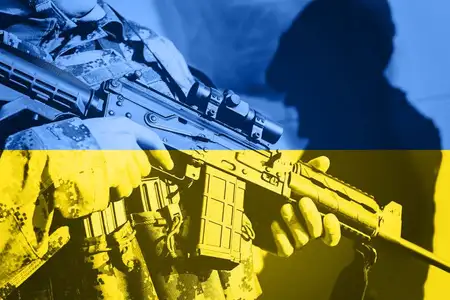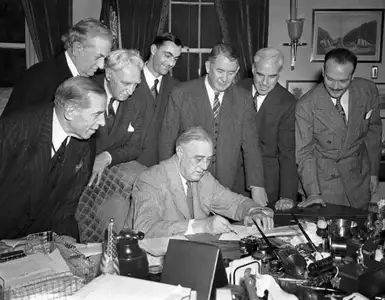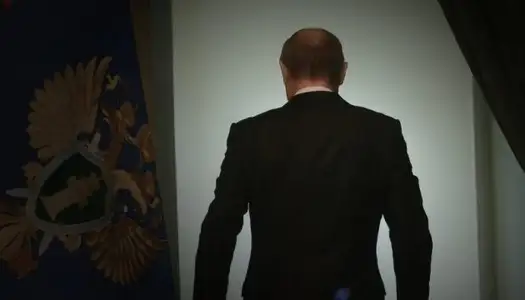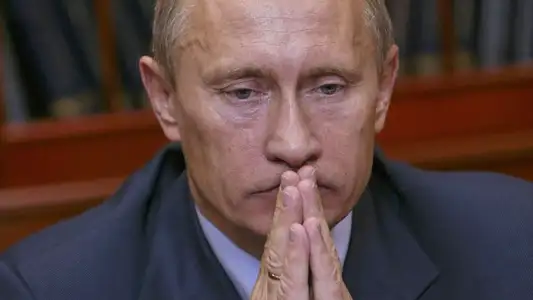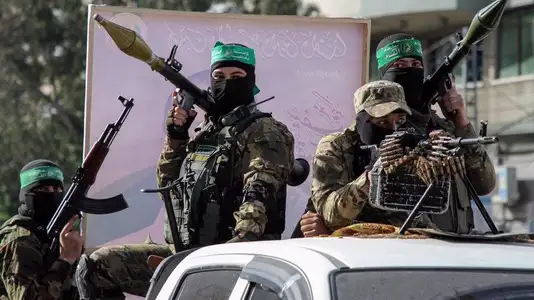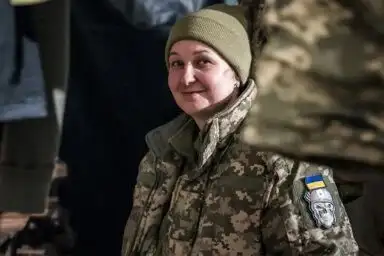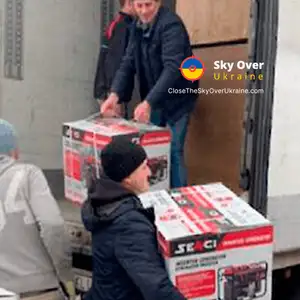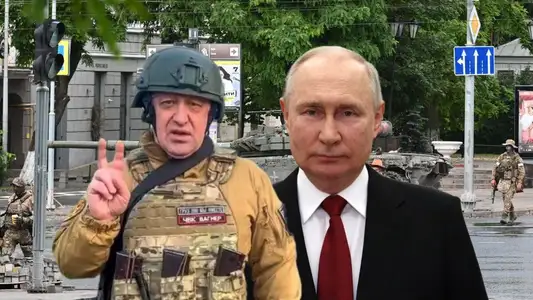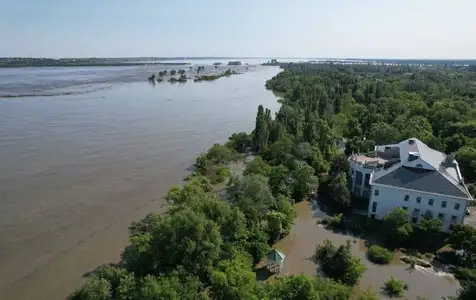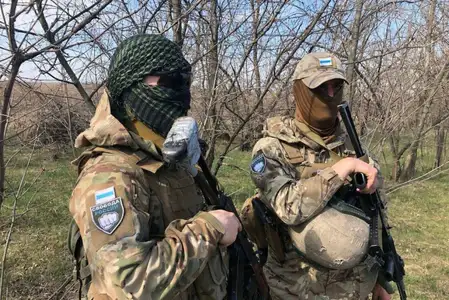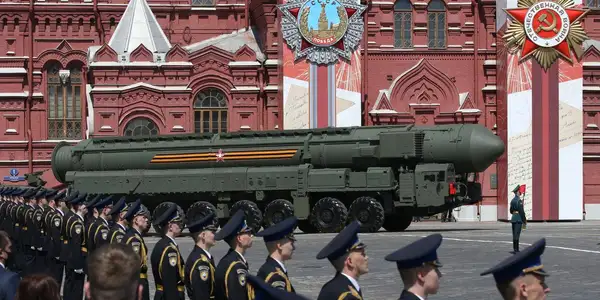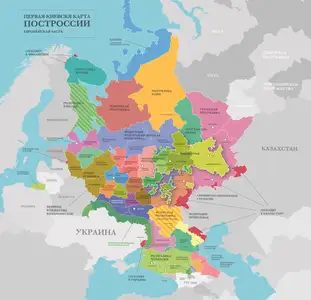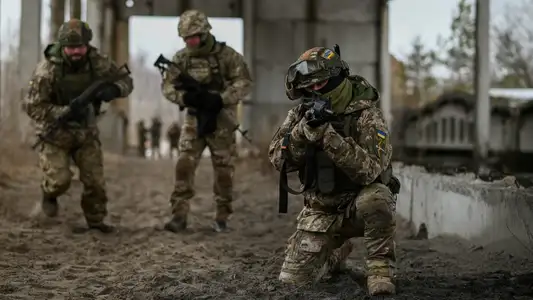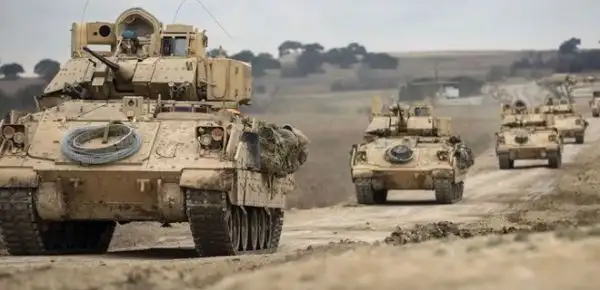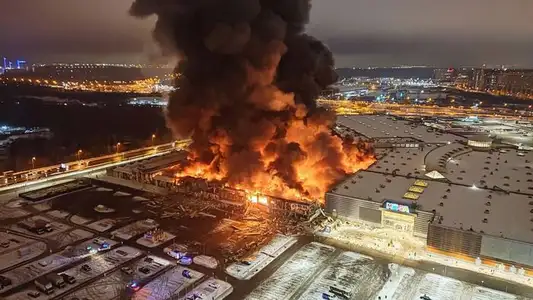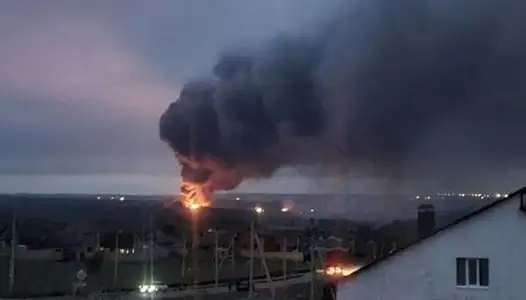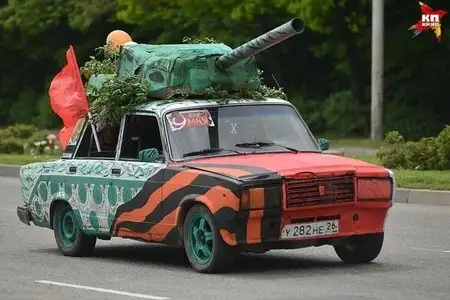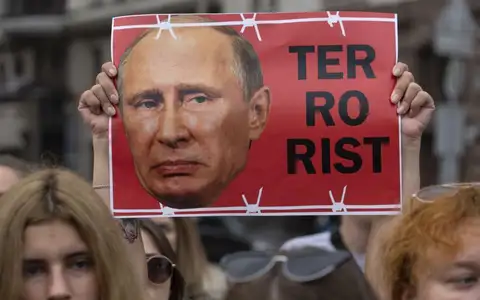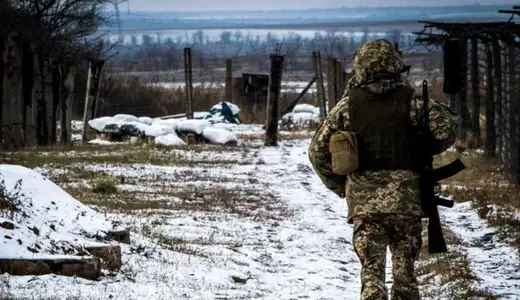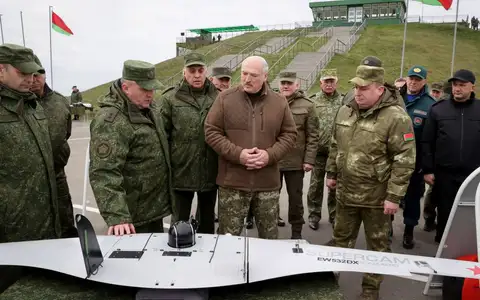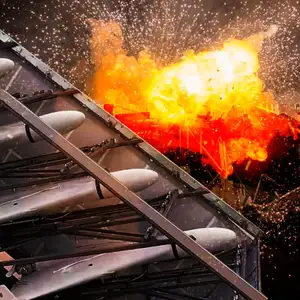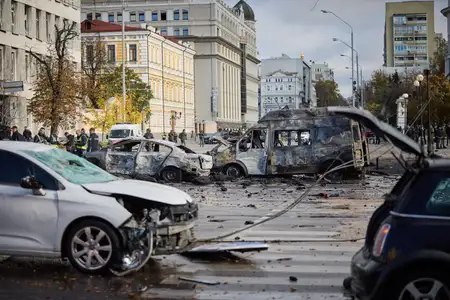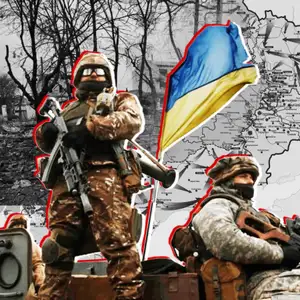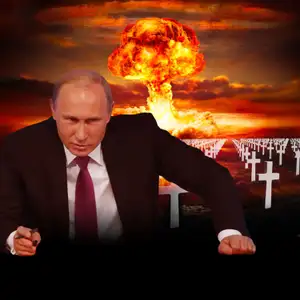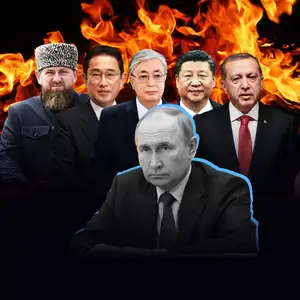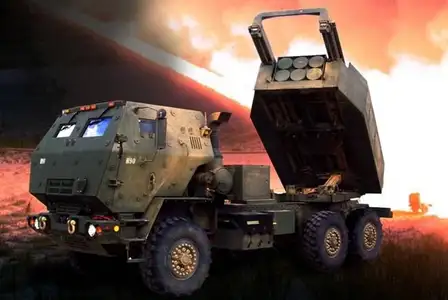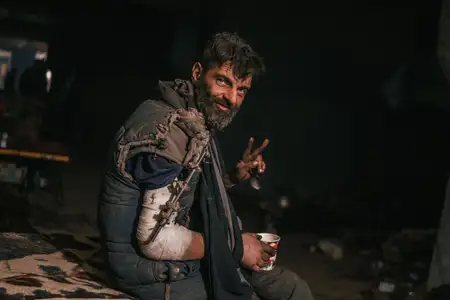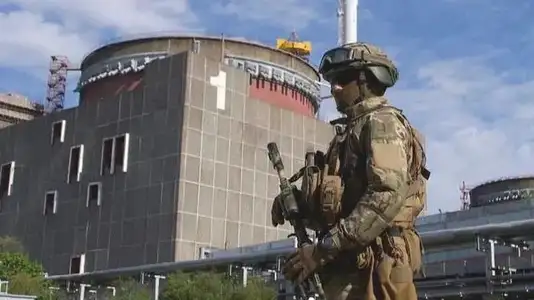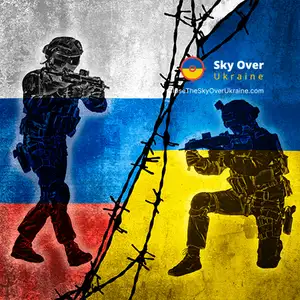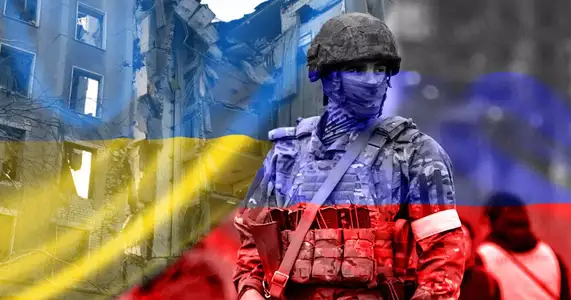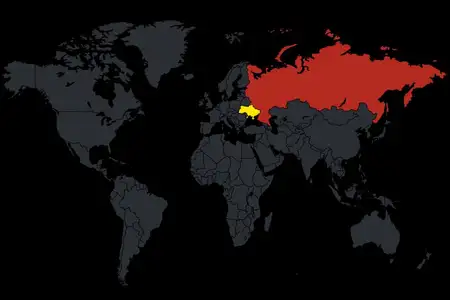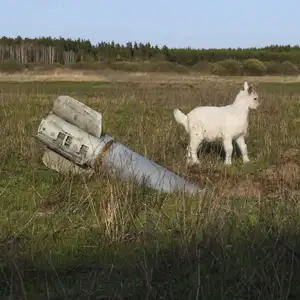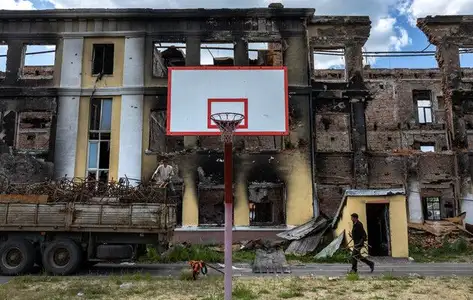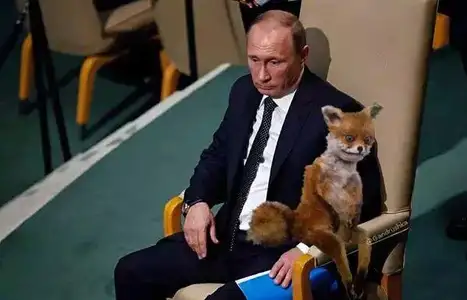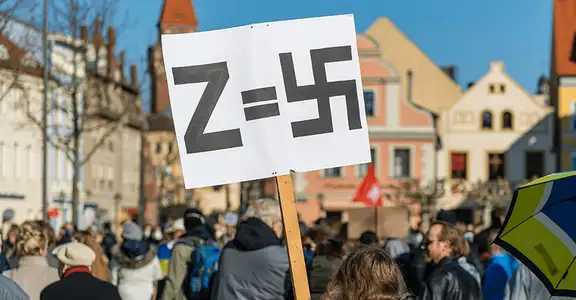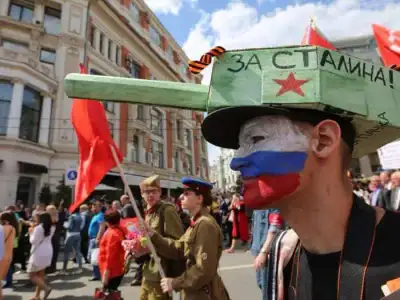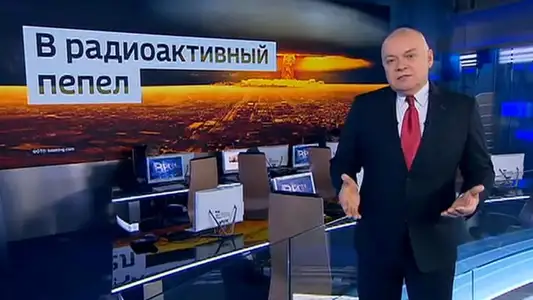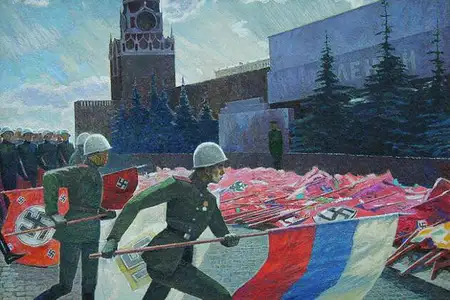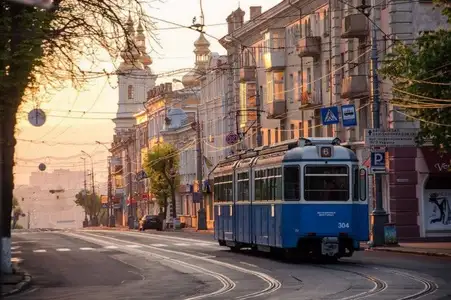Close the Sky: Aircraft for Ukraine
Immediately after the heated discussion about providing Ukraine with battle tanks, the West sparked a new debate about the prospect of supplying Kyiv with fighter jets.
At the beginning of the full-scale invasion, Ukraine could not dream of the West providing heavy weapons in large quantities and modern air defense systems, let alone tanks. But as the fighting unfolded and the Ukrainian military steadily demonstrated its professionalism and supreme motivation, Western attitudes toward arms deliveries has gradually evolved.
The agreement by several countries to provide Kyiv with Western-designed battle tanks in late January was a major diplomatic victory for Ukraine. We discussed the new arms supplies in detail in our article New weapons for Ukraine: how can they change the course of the war?
Now we can also dream about aviation. Let's look at why Ukraine so badly needs to strengthen its aviation, what kind of fighters we are talking about and what are the chances of getting them in the near future.
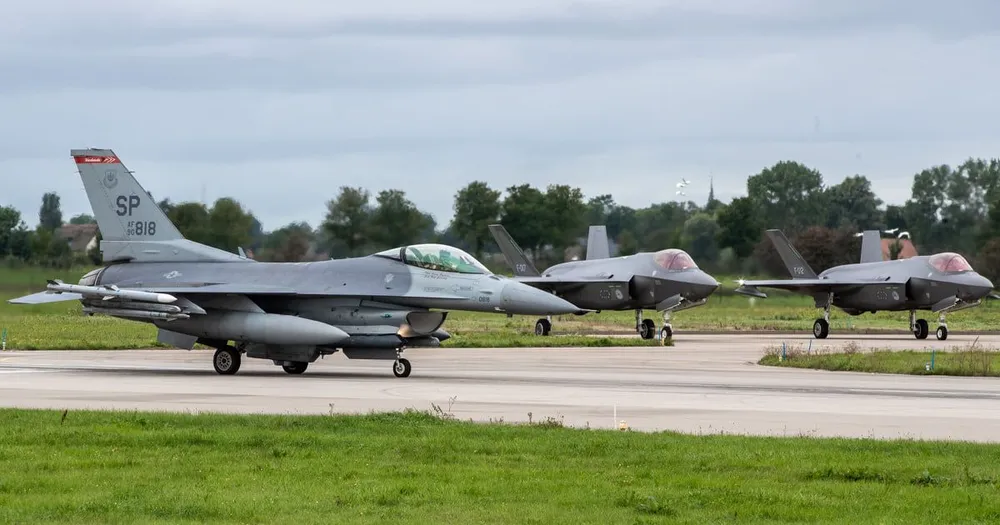
The role of aviation in modern warfare
As in the previous military conflicts of the 20th and 21st centuries, aviation continues to be a very important component of combat operations. In addition to air-to-air combat against enemy fighters, they are used to strike ground and naval targets, and they are involved in operations to break through air defenses and reconnaissance.
- Interception of Russian missiles
The interception of cruise missiles, drones and bombers is a particularly urgent task amid the periodic missile and drone attacks on Ukrainian cities.
Ukrainian aviation has been doing this since the beginning of the war. AFU pilots have hunted cruise missiles, and after the Russian army began using Iranian-made Shaked-136 drones, they too became the target of fighter jets.
- Aviation can carry out powerful attacks
"Aviation can carry out almost the most powerful attack. One aircraft performs the function of an entire artillery battery. The [attack aircraft] Su-25 has 11 suspension points, on which about four tons of weapons can be placed: various bombs, missiles and unguided air missile units. It can send all these four tons at once to the enemy's head," says Roman Svitan, a military instructor pilot and colonel in the AFU reserve.
In addition, the aircraft is able to reach targets that are beyond the reach of artillery, because it is limited to a distance of 30 kilometers.
- Aviation supports ground troops during a counterattack
Ukraine successfully used combat aviation at the beginning of the Russian-Ukrainian war in 2014. And after the full-scale invasion, Ukrainian attack planes periodically destroy Russian equipment, ammunition and strongholds.
"They (planes - ed.) support ground troops during the counterattack. Of course, this all works well in combination. We understand that without artillery, rocket troops and infantry nothing will happen. The latter must go forward and recapture territories," former Air Force commander General Serhiy Drozdov notes.
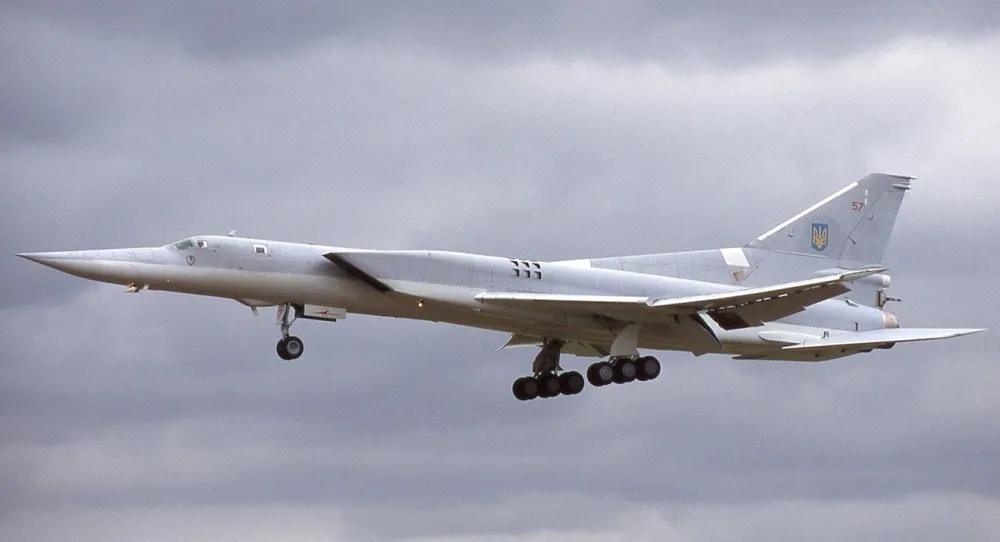
- Aviation backs up artillerymen
If artillerymen have problems with ammunition, pilots can take over their combat mission.
At the same time, "Su-25 attack aircraft, for instance, is used only in areas where enemy air defenses have been destroyed, otherwise it will be easily shot down. That is, they first create special corridors for the aircraft to pass through. This is done by sabotage groups that destroy enemy air defenses or use anti-radiation HARM missiles, which Ukraine received from the United States," Drozdov says.
What is the peculiarity of the Russian-Ukrainian confrontation in the sky?
However, in the modern Russian-Ukrainian war, the aviation component has its own peculiarities:
- Significant quantitative superiority of Russian aviation
At the beginning of the full-scale invasion, according to FlightGlobal, Russia had about 1,500 combat aircraft: 772 fighters, 196 attack aircraft, and 543 bombers. The Ukrainian air fleet lagged far behind: 69 fighters, 17 attack planes and 12 bombers.
In 1991, after Ukraine regained its independence, the Ukrainian air fleet numbered approximately 1100 combat aircraft. However, each year they became fewer and fewer, and many of the aircraft were mothballed. In addition, not a single aircraft was added to the Ukrainian air fleet during the period of independence. Unless a small number of planes and helicopters were restored after the start of Russian aggression in 2014.
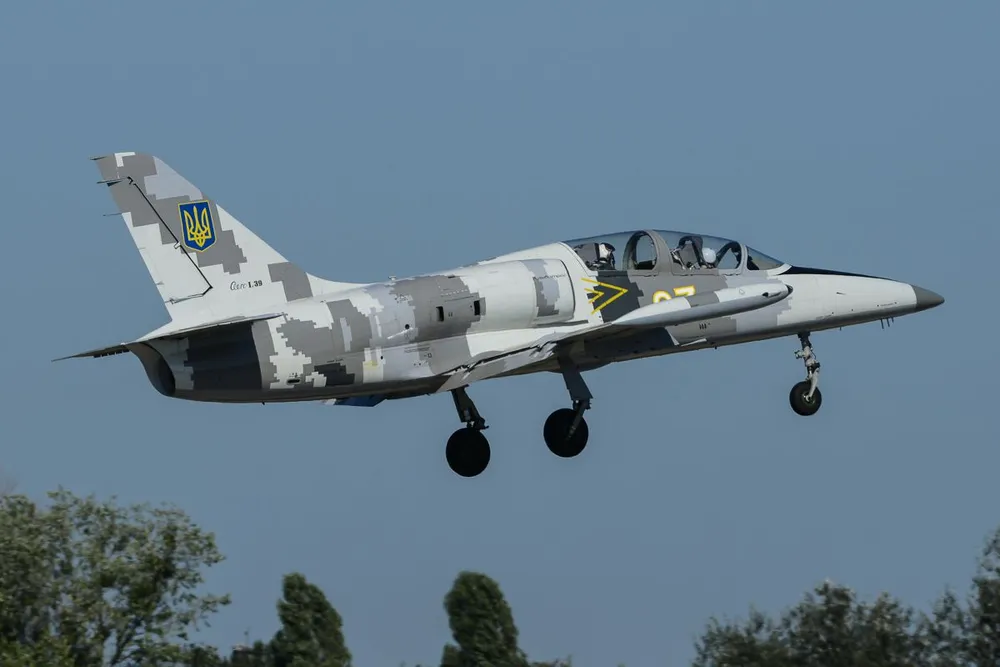
Ukrainians survived the full-scale invasion only thanks to the professionalism of the military. After all, the Russians planned to destroy Ukrainian aviation and air defense forces and seize Ukrainian airspace as early as the first days of the war. However, the Ukrainian army dispersed and acted in separate units.
"Beginning in 2014, we introduced mobile firing groups of anti-aircraft missile forces. They worked separately, not as part of a division. We also concentrated planes in non-obvious places where we could carry out tasks. We were preparing new airfields," Serhiy Drozdov, former commander of the Air Force, explains.
He notes that now neither side has an advantage in the air. This is all thanks to the successful work of the Ukrainian air defense system: “They (the Russians - ed.) cannot fly deep into the territory under our control, and vice versa”.
- Obsolete equipment on both sides
As we can see, the role of aviation as a weapon is not obsolete at all. As experts note, the problem is that the Ukrainian military has to fight with obsolete equipment and “has not yet seen modern aviation”. Ukrainian expert Oleh Zhdanov points out that "the equipment and weapons used in the war are of the past century" (of course, except for the modern weapons that Ukraine has received in recent months). But the Russian army has the same problem!
"We are fighting a war of the last century. The armament of the Russian Federation is especially archaic. [Since Ukraine began receiving Western-style weapons –] we can see a real gap and technological leap in the transition to artillery, radars, melee weapons, armored vehicles that we are receiving. It's heaven and earth. [Meanwhile,] Russia is basically modernizing all the old Soviet equipment," the expert noted.
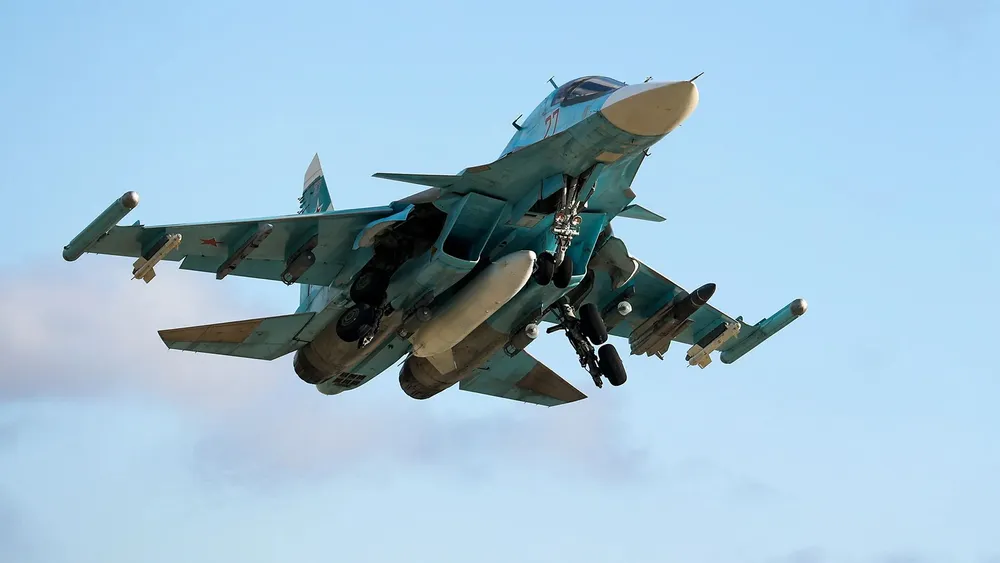
He stressed that the use of modern aircraft could very effectively influence the course of the war with Russia.
So, on the one hand, despite the disappointing forecasts and to the surprise of many experts, Russia did not manage to immediately achieve a colossal advantage in the sky. Frequent shoot-downs of Russian combat vehicles over time led to a more measured use of them and a decrease in activity in the Ukrainian sky. On the other hand, the Ukrainian authorities and military are not without reason constantly calling on Western partners to "close the skies over Ukraine", including with the help of modern aircraft.
And what about the Western partners?
Ukraine asked for fighter planes almost immediately after Russia's full-scale invasion in February 2022. After a breakthrough on the issue of tanks at the end of January 2023, the issue finally began to be discussed more seriously and substantively.
- The Netherlands
One of the first to respond to the call was the Dutch government, which said it was ready to consider transferring F-16 fighter jets to Ukraine if the Ukrainian government requests it.
As Defense Express notes, the Dutch F-16s are more than a real resource to strengthen the AFU, because the country is taking them out of service anyway and already has "free" units.
On February 9, Dutch Defense Minister, Kajsa Ollongren, confirmed that Ukraine had submitted a request for F-16 fighters. According to her, this request will be considered, but we should not expect it to be done "overnight".
"We need to discuss the availability of F-16s with the Americans and other allies. And we have to think seriously about the implications; it can't happen overnight. We have to be honest about it," Ollongren said.
As with other weapons, the transfer of F-16s to Ukraine requires permission from the manufacturer – in this case the U.S. – to re-export those weapons.
- The United States
At the end of January, President Joe Biden said that the U.S. had no intention of transferring fighter jets to Ukraine. Nevertheless, it was not a question of the White House banning other countries from giving the planes.
"Biden's answer "No" does not mean that we (Ukraine – ed.) will not get F-16s. It means a clear gradation of supply sources. At the moment we will get them not from the U.S. Air Force reserves, not from the reserves of the U.S. industry, but we will get them from the F-16 operating countries in Europe," Ivan Kyrychevsky, a columnist for the military portal Defense Express, said.
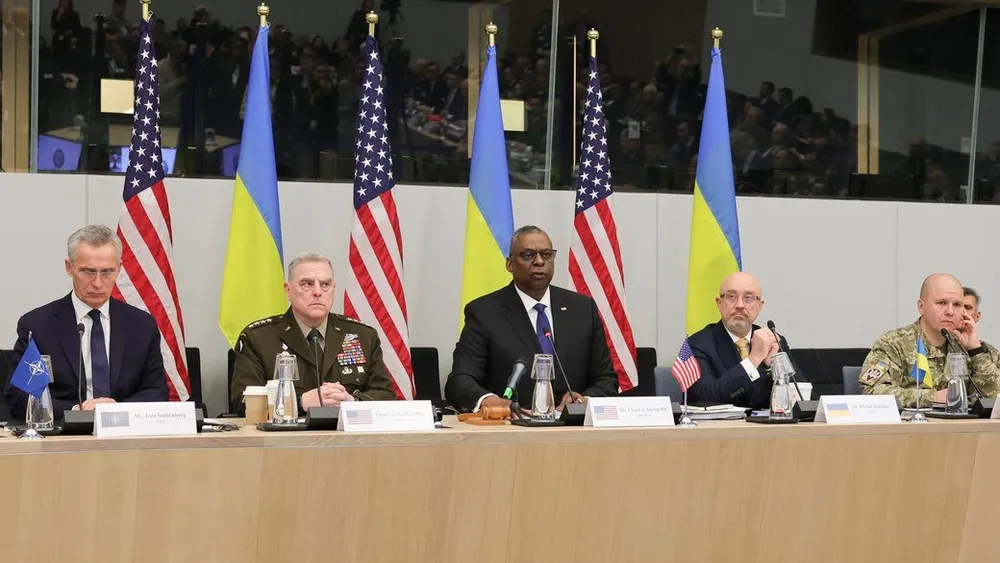
- European countries
Olaf Scholz said at the end of January that he was not yet considering the transfer of the planes to Ukraine. At the same time, the leaders of Poland, France and Great Britain do not rule out such a possibility. So far there are no clear agreements. But the fact that talks are underway suggests that European partners are already thinking about this issue. Let's remember how long it took before the allies decided to start supplying tanks to Ukraine.
According to the results of the ninth Ramstein meeting, which the defense ministers of the 54 allied countries held in Brussels on February 14, there have been no special breakthroughs on this topic so far. U.S. Secretary of Defense Lloyd Austin said he could "only confirm the information that President Biden said earlier", i.e. that the U.S. does not intend to deliver airplanes to Ukraine. German Defense Minister Boris Pistorius said that Germany was ready to discuss deliveries of fighter jets to Ukraine, but in a few months.
What planes can Ukraine get?
So, what is most discussed is the possibility of providing F-16 fighters. The F-16 Fighting Falcon is a multipurpose combat fighter that was designed in the 1970s and 1980s. But since then, the plane has been modernized.

General Dynamics F-16 Fighting Falcon
The F-16 can fly (with refueling) up to 4,000 kilometers. It can carry, for example, missiles that can hit targets at a distance of half a thousand kilometers. The optimum combat radius is 1,000-1,300 kilometers.
The speed of the aircraft is up to 2,400 kilometers per hour, which is almost three times the speed of a passenger aircraft. Experts consider F-16 one of the most reliable and most proven combat fighters in the world.
F-16s are basic aircraft for the air forces of many NATO members and not only. Since the beginning of serial production in 1976, 4,600 of these aircraft have been produced. They are in service in 25 countries of the world – from the "old" NATO members Belgium and the Netherlands to a relatively "new" NATO member Poland and among others Pakistan in Asia.
In addition to the F-16s, a possible supply of British-German-Italian Tornado fighters to Ukraine is under consideration. There are also talks about the Swedish Gripen fighter.
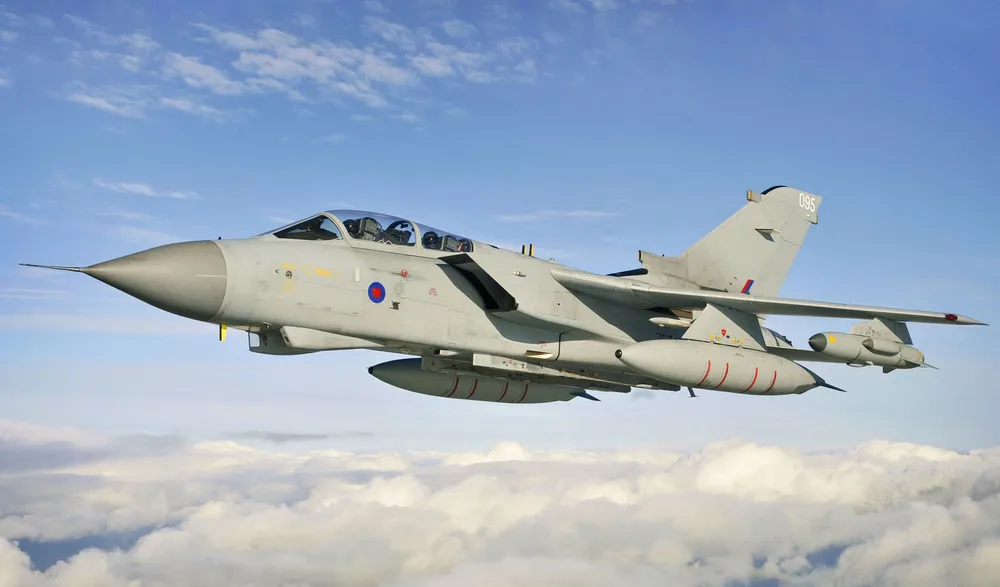
Panavia Tornado
The Tornado is in service of several countries (in particular manufacturers: Britain, Germany and Italy), Saudi Arabia also possesses them. In all, there are about 350 of these aircraft in the world now.
At least seven countries, including the Czech Republic and Hungary, have Swedish Gripen. In total, almost 300 fighters have been produced.
In addition, Slovakia has announced that it is ready to transfer its old MiG-29s to Ukraine.
Yuriy Ihnat, a spokesman of the Ukrainian Air Force, said that Russia can put five to six times more planes in the air than Ukraine. According to him, the Ukrainian Air Force needs 200 Western planes.

Saab JAS 39 Gripen
What difficulties are stopping Western partners?
- Availability of airfields in Ukraine
As BBC Ukraine notes, back in the summer, when talks about possible deliveries of Western aircraft in the future began, experts noted that Ukrainian airfields may not be ready for Western fighters.
But in any case, in the few months that the dispute is going on, the Ukrainians could have their airfields repaired. Ukraine needs quite a few of them, because they will probably become a priority target for the Russian army, and aviation will have to be constantly redeployed to different airbases.
- Logistics and maintenance
Western aircraft require new equipment because all systems, including refueling, weapons maintenance, etc., are simply designed in a different technological environment. Fighter aircraft will likely require radar support (ground stations or flying radars), which will also need to be provided.
- Fighter aircraft quantity
There are no official announcements yet on the quantity of possible aircraft deliveries. Meanwhile, as many have noted, quantity plays as much a role as quality in this war.
- Long lasting training for Ukrainian military
The training period for Ukrainian pilots for Western fighter jets may be shortened from a 9-12 month course to a 6-month training. In any case, such training should be started soon. During Volodymyr Zelensky's visit to London on February 8, it was announced that Ukrainian fighter pilots will be trained in Great Britain, which is part of London's extended support to the AFU.
- "Red lines" again?
Bruno Lété, senior fellow at The German Marshall Fund of the United States in Brussels, explains the resistance to providing fighter jets to Kyiv by the fear that it would increase Ukraine's ability to attack Russian territory: "This is a very sensitive issue, because providing the jets would make it easier for Ukraine to hit targets inside Russia”.
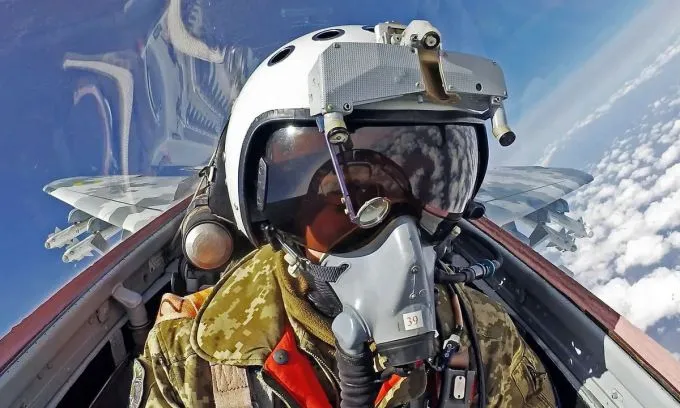
Nevertheless, Lété believes that there is a good chance that Western countries will provide combat aircrafts to Kyiv, even Germany. This will not be the first time when the West crosses its own red lines, the expert says and cites the example of Leopard 2 or HIMARS artillery systems.
The expert also draws attention to the fact that in the issue of tanks Berlin was waiting for signals from the United States. "If the Americans are ready, I think the Germans will be ready as well," Lété says, given the discussions on fighter jets.
In any case, strengthening Ukraine's aviation is a work in progress as part of building a NATO-style army and strengthening the borders with Russia. As experts note, the start of modernization of the Ukrainian Air Force fleet would also mean modernization of the Ukrainian air warfare doctrine and getting closer to the principles and strategies that NATO countries now use. All this together could give Ukraine an advantage in air warfare, which would undoubtedly improve the situation on the ground fronts as well.
And the listed difficulties are quite surmountable, even if they entail great expense. The main thing is the desire, that is, the political will. As the saying goes: "if not tomorrow – than the day after tomorrow”. But we should not forget that for every such ‘tomorrow’ Ukraine pays with the lives of its people.
Anastasiya Glotova

